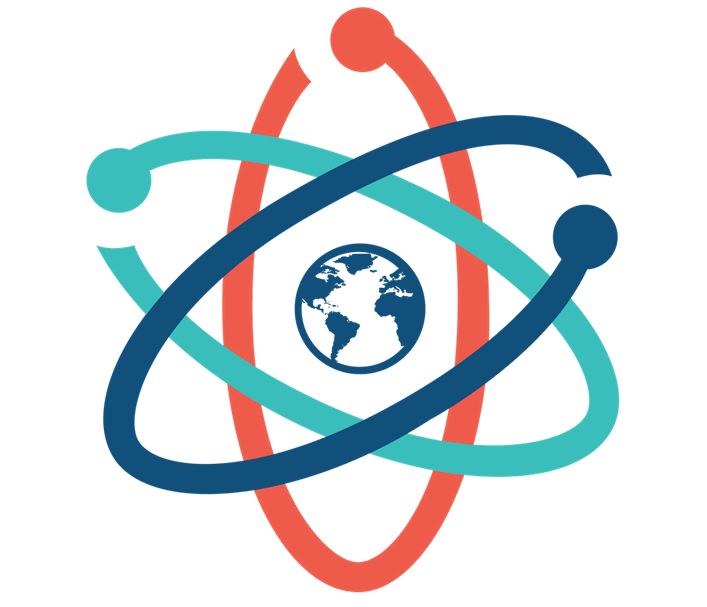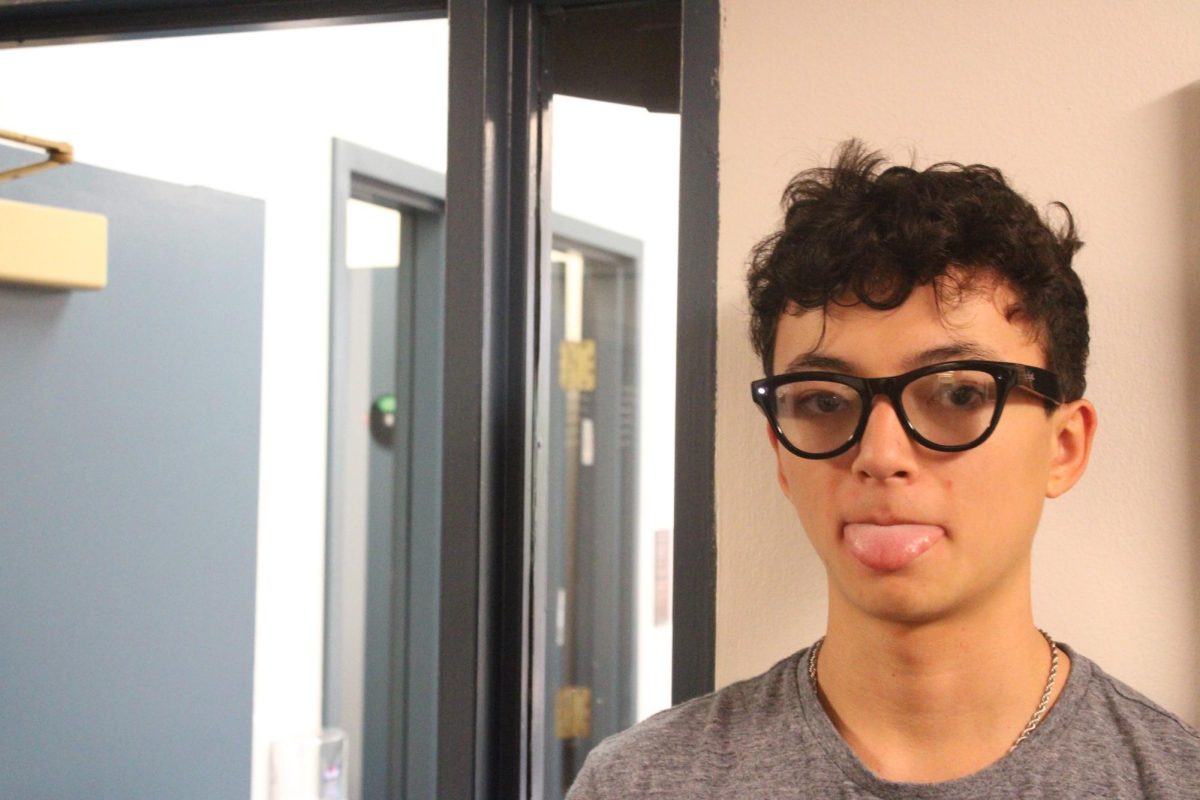Paige Hosbein Have you ever wondered how people can remember heaps of information, and how our brain functions? Did your brain explode with excitement when Ms. Schmadeke announced the new course: neuropsychology? Well, you’re in the right place. In case you were wondering what the lengthy word actually means, neuropsychology is the study of the relationship between behavior, emotion, and cognition on the one hand, and brain function on the other. This course is Ms. Wells’ first blended learning class. She has taught neuropsychology as a GOA and is bringing the class to Latin so students build similar connections with one another. Although content is still being finalized, similar to the GOA, it will be primarily project based to give students a foundation for how the brain works, and the class will address topics like neural communication, brain anatomy, and the nervous system. The goal of the course is to teach the student a concept, and then let the student explore their further interests and questions stemming from that topic. Projects may range from Alzheimer’s disease to understanding how our memory functions. This class is especially unique because based on the focus of a student’s project, it may count towards history or science credits. It’s only open to juniors and seniors. “Neuropsych originally intrigued me because it is a blended class, and I love the idea of having work in the classroom and online. Overall, learning about how the brain works is so fascinating, and I love how much control students have in learning about their specific questions about the brain” said Giselle Ayala, a sophomore. This course would benefit any student, but especially so if you aspire to be a neuropsychologist or neurosurgeon in the future. There is another considerable change in the science department: more AP Physics classes to cater to more levels of math prerequisites. This year, AP Physics consists of two semester long segments– the segments being Mechanics as well as Electricity and Magnetism– each with separate AP exams. Also, one was required to have taken or currently be enrolled in AP Calculus BC as some concepts in electricity and magnetism demand a solid foundation of Calculus. Next year, however, AP Physics will be split into two classes: one focused on mechanics the other on electricity and magnetism. The AP Physics C Mechanics course allows students who are currently enrolled in AP Calculus AB to participate. Mr. Phipps recommends taking mechanics first — the electricity and magnetism course looks at some of the concepts in mechanics in greater depth, such as forces. ]]>
Categories:
Neuropsych, Blended Learning, and the AP Physics Split
March 8, 2018
0
















































